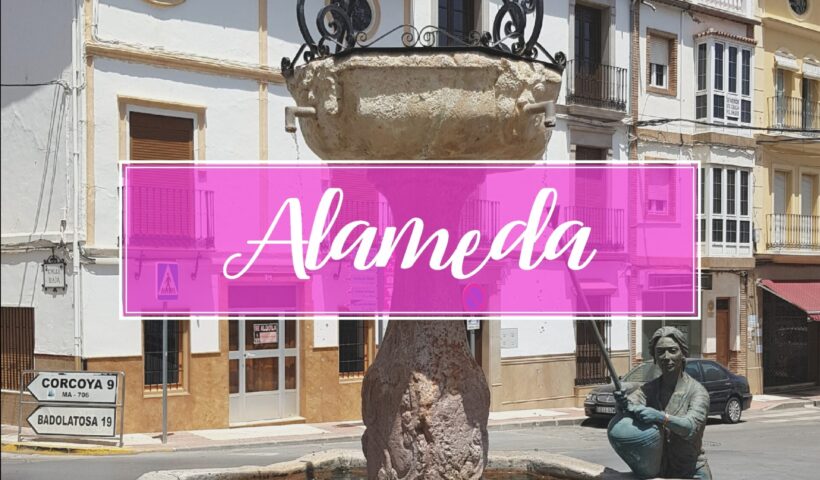Alameda is a picturesque village known for its rich history, legends, and traditions. Not only does it offer rural landscapes and a welcoming atmosphere, but it is also deeply connected to the figure of the famous bandit José María “El Tempranillo”. This iconic character of the 19th century, whose exploits and legends are part of Andalusian folklore, is buried in the village, making Alameda a place of historical interest. In addition, the municipality stands out for its cultural heritage, with the Church of the Immaculate Conception and the Museum of Andalusian Countryside, which reflect the life and customs of the region.
The origin of the name “Alameda” refers to an area or zone populated by trees called poplars. The village is located 72 km from Málaga city and has a population of 5,732 inhabitants, who are known as “alamedanos” or “alamedanas.” The area covers 65 km² and is part of the Antequera comarca.
Monuments and places to visit in Alameda
- Church of the Immaculate Conception: This church of Baroque architecture built between 1696 and 1700, but the tower of the temple was built later. For the construction they use fossil-like limestone ashlars that come from the nearby Roman baths. The interior is divided into three naves, each one dedicated to the invocation of Jesus the Nazarene built in 1767, then in 1779 it was necessary to expand the temple and add two nave rooms dedicated to the Virgin of Sorrows and the third to the Virgin of the Rosary. The rococo-style altarpiece that houses a carving of the parish owner, the Immaculate Conception. The temple also contains a wide collection of oils and paintings that complete the decoration of the church. It is also the burial place of “El Tempranillo”.
- Monument to José María Hinojosa Cobacho “El Tempranillo”: This bandit born in 1805 in Lucena Córdoba, had to run away from justice to survive, he is known for helping the most disadvantaged in a precarious situation, had frightened the area until he was captured. In 1832, King Fernando VII pardoned him in exchange for joining the King’s troops called “los migueletes” to fight other bandits, until he was wounded in Alameda on September 22 in the year 1833 by a bullet that he received from another bandit called “El Barberillo”.
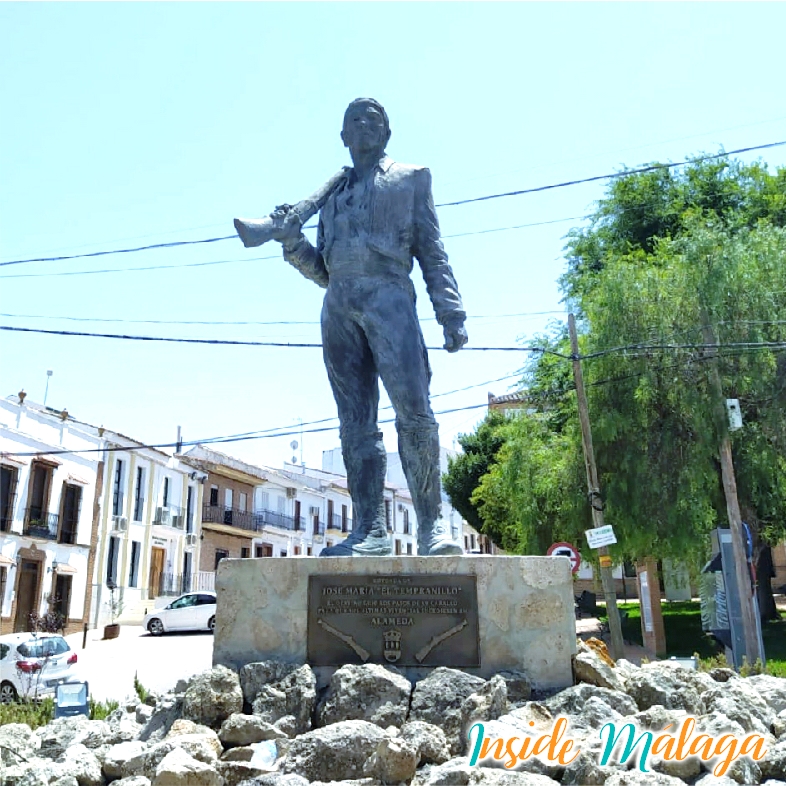
- The tomb of “Tempranillo”: The tomb of José María Hinojosa Cobacho, better known as “El Tempranillo” one of the most famous bandits known to Malaga. The tomb is in the interior courtyard of the Alameda Church of Immaculate Conception.
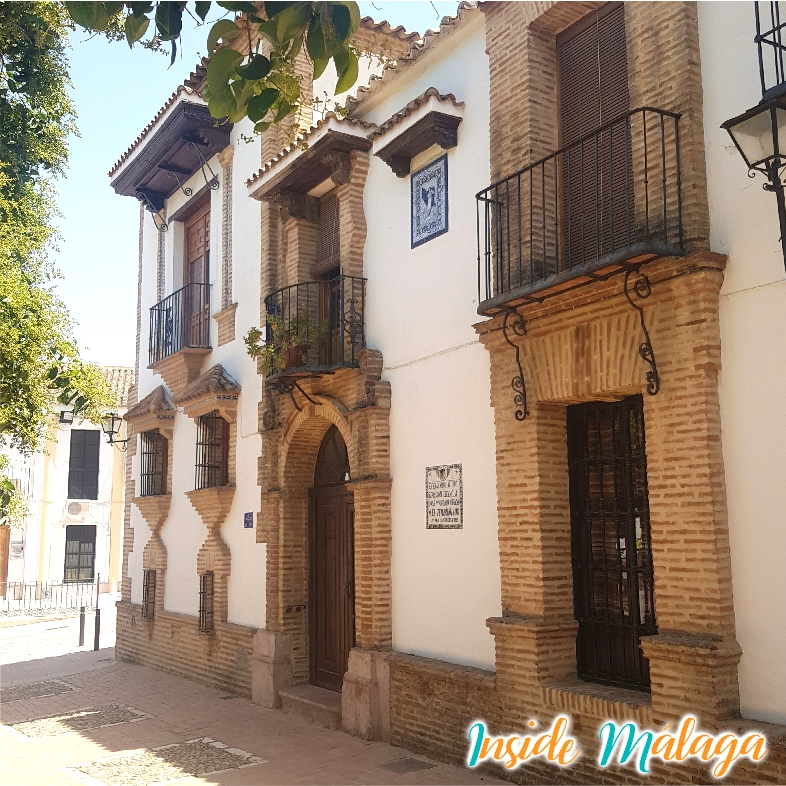
- Placeta Fountain: The fountain appears on the Alameda heraldic shield. It was placed during the Reign of Carlos III in the mid-eighteenth century, carved and made of Antequerana stone. The main structure is a vertical monolith that supports a cup from which four pipes or jets emerge. The water falls into an octagonal pillar, which was used as a trough for older cattle. The excess water was channeled to irrigate the nearby orchards of the town.
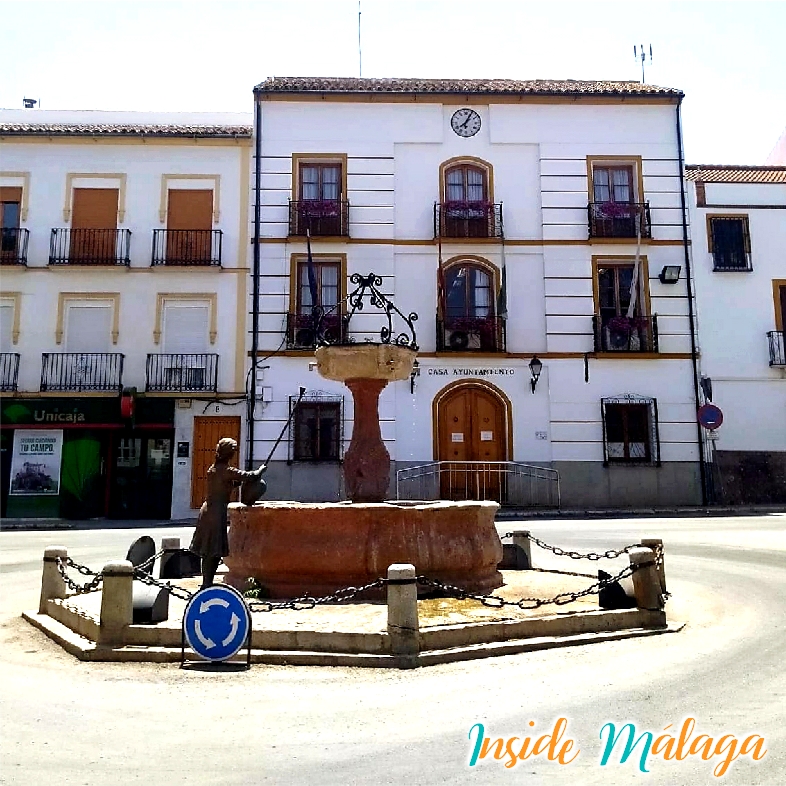
- Chalcolithic Silos Deposit: The human presence dates back to the year 2500-2000 BC in the Copper Age period, also called Chalcolithic. Exceptionally, there are some remains from this period in this area that demonstrate human existence.
- The Roman baths of Alameda: The baths occupy around 3000 square meters. The ruins date from the 1st to the 3rd centuries after Christ. The Roman building had changing rooms, swimming pools, fireplaces and ovens. There is a Thematic Center about the Roman Baths where the visitor can discover the working operation of the baths.
- Blas Infante Monument
- Museum of old tools: The Museum is a fascinating journey into Andalusia’s rural past. This museum is dedicated to the preservation and display of traditional tools and implements used in farming and everyday life in the old days. Through its collection of antique implements, visitors can explore what farm work was like before modernisation. The museum offers an educational and authentic insight into the region’s agricultural history, complementing the area’s rich cultural heritage.
- Andalusian countryside theme center: This center pays tribute to the village its past by discovering what life was like in the countryside in Andalusia where wheat and olive trees stand out.
- Alameda Bell Tower: Located in the Plaza de Andalucía. This town was the first republican town hall constituted on June 27, 1931. This government commissioned the bell of the clock with the names of the councilors carved in relief on the bell.
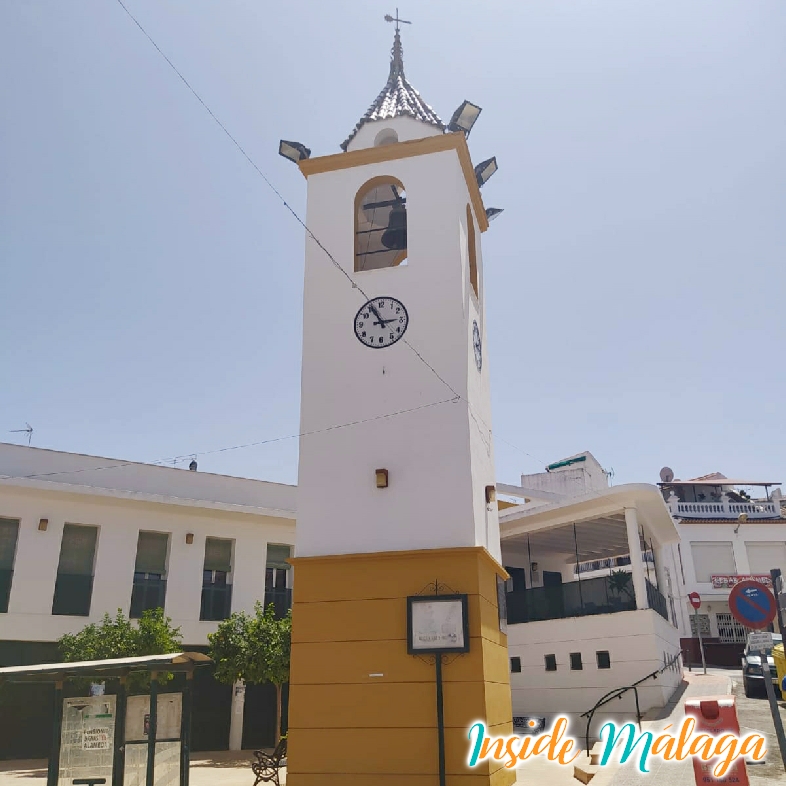
For more information about Alameda Village: visit the City Council page
